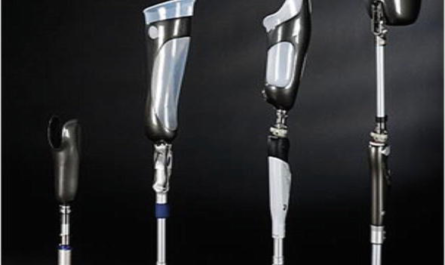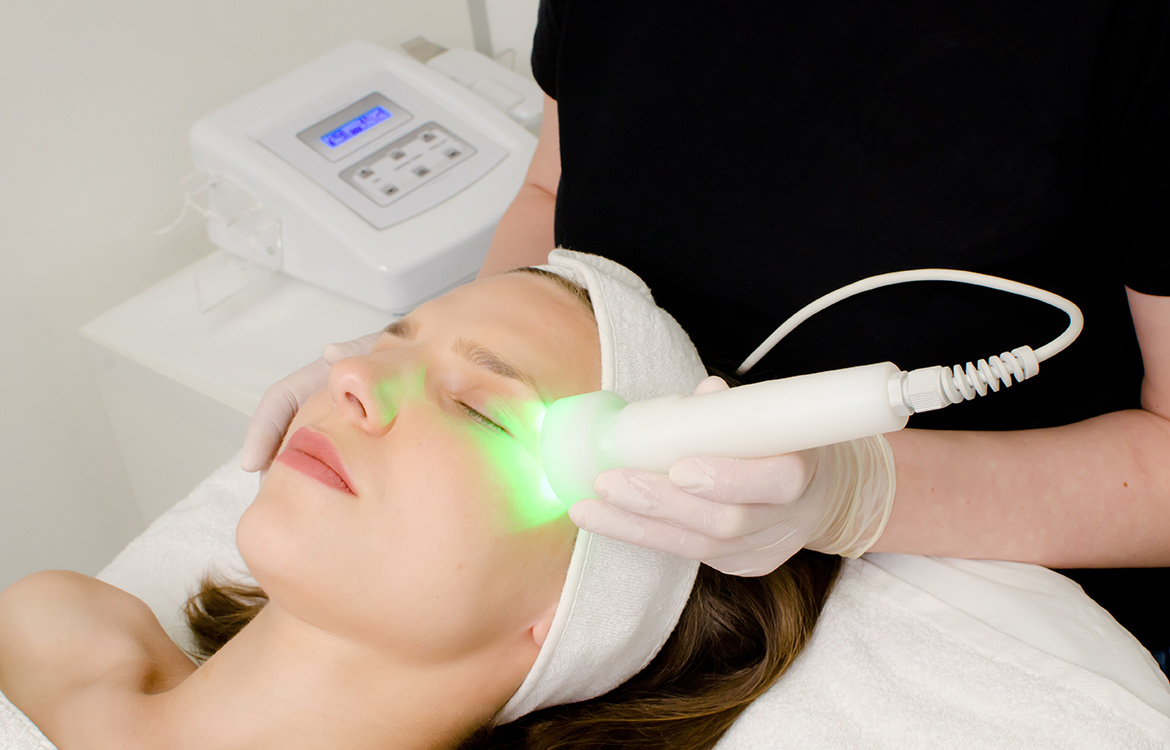Over time, due to various factors like aging, injury or repetitive stress, these discs can wear out or rupture causing back pain. While spinal fusion surgery was the traditional treatment option to fix damaged discs, it removes flexibility at the operated spinal segment. However, a major breakthrough came with the invention of artificial discs that can replace damaged discs and restore near natural movement to the spine. Here is an in-depth look at artificial discs and how they are revolutionizing back pain treatment.
What are Artificial Discs?
Artificial discs are medical devices made of highly polished metal and plastic components that are surgically implanted to replace damaged spinal discs in the lower (lumbar) region of the spine. Each disc prosthesis has two endplates made of metal alloy polished to a mirror finish which sandwich a plastic or rubber-like core. This core acts as the cushion and allows flexion, extension and lateral bending movements, just like a natural disc. The endplates are designed to attach securely to the adjacent vertebrae. Like natural discs, artificial discs maintain height of the disc space and allow normal motion at the involved vertebral level.
Types of Artificial Discs
Two main types of artificial discs are currently available –
– Metal on Metal Discs: These early generation discs had both endplates and core made of metal. However, concerns were raised over wear debris released from metal surfaces rubbing against each other.
– Metal on Polyethylene Discs: In this type, endplates are made of metal alloy and the cushioning core is made of cross-linked polyethylene or silicone. The polished metal surfaces minimize wear while the plastic core provides cushioning movement. These are considered safe and effective for long-term use.
Within these two categories, discs may differ in size, thickness and design aspects to suit different physiologies and regions of the spine. Some newer discs also have advanced features like shock absorption capacity.
Benefits of Artificial Disc Replacement
The main advantages of artificial disc replacement over spinal fusion include:
– Near natural motion: Implanted discs allow normal flexion, extension and lateral bending so mobility is restored at the operated level. This reduces stress on adjacent spinal segments.
– Prevention of adjacent segment degeneration: As motion is preserved, extra stress and wear on discs above and below the fused level is avoided. This is a major cause of pain recurrence after spinal fusion.
– Quick recovery: Without the need to fuse bones, artificial discs allow faster recovery. Patients are up and about within days or weeks compared to months for fusion.
– Longevity: Properly implanted artificial discs can potentially last decades before needing replacement unlike fusion that permanently immobilizes a segment.
– Reduced complications: Complications associated with fusion like non-union, slow bone healing and failure of fixation implants are avoided.
Thus, for properly selected patients especially younger individuals, artificial discs offer significant benefits compared to fusion surgery in maintaining mobility and avoiding adjacent level issues long-term.
Surgical Procedure for Disc Replacement
The surgical procedure for artificial disc implantation is as follows:
– Through a small incision, surgeons access the damaged disc after clearing away soft tissues. Stereoscopic microscopic vision aids precision.
– The damaged disc material is carefully removed using surgical tools under continuous visualization. Endplates are prepared by scraping away cartilage to aid implant fixation.
– Trials are used to determine the correct size of Artificial Disc and spacing. Modern imaging tools help achieve optimal positioning.
– The endplates are fixed securely to the adjacent vertebrae using press-fit fixation, sometimes aided by bone cement or screws.
– Positioning is cross-checked under imaging. Incision is closed in layers after placing drainage tubes.
– Patients usually walk with support the same day. Most return to normal activities within 6 weeks and have significant pain relief.
While demanding due advance skills, implantation with today’s refined techniques ensures wound healing without difficulties. Strict patient selection guarantees optimal outcomes.
Future Prospects
With two decades of proven clinical efficacy and durability, artificial discs are fast becoming the standard of care for younger individuals undergoing single level lumbar disc replacement. Application to cervical discs is also showing promise.
Research also focuses on developing motion-preserving implants for multi-level lumbar disc diseases, larger discs for non-physiological anatomies, and even growing artificial tissue from stem cells for long term reconstruction. Early clinical trials also evaluate implants for treating spinal stenosis and ligament calcification.
In short, artificial discs provide an excellent functional alternative to fusion for degenerative disc diseases. As technology advances with refined materials and techniques, motion preserving implants hold potential to revolutionize back pain care worldwide by preventing long term adjacent segment issues. Proper education is needed to increase acceptability and accessibility of this breakthrough invention among patients and healthcare providers alike.
Note:
1. Source: Coherent Market Insights, Public sources, Desk research
2. We have leveraged AI tools to mine information and compile it



